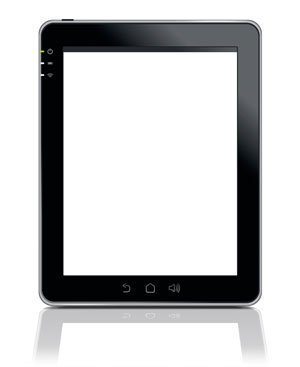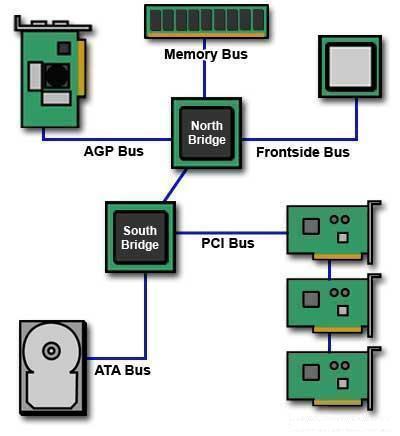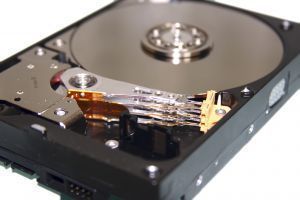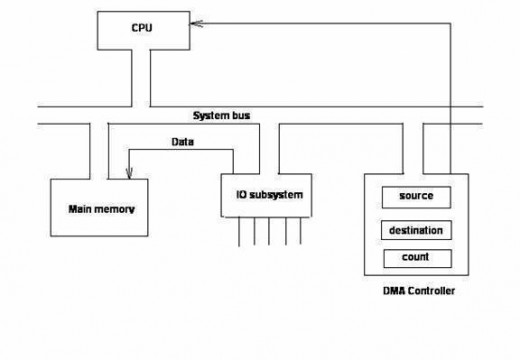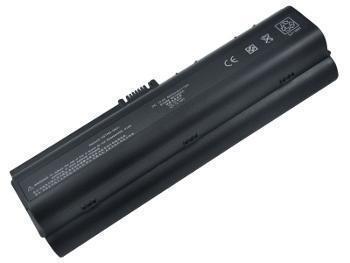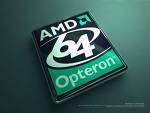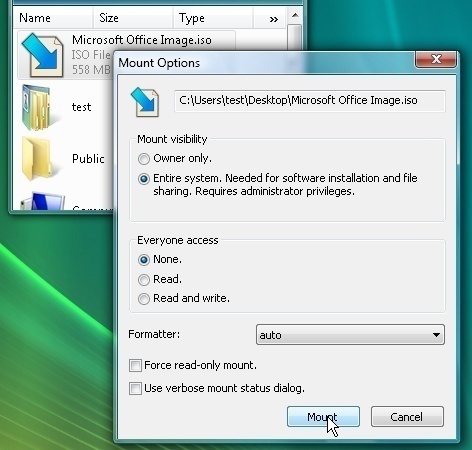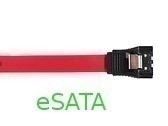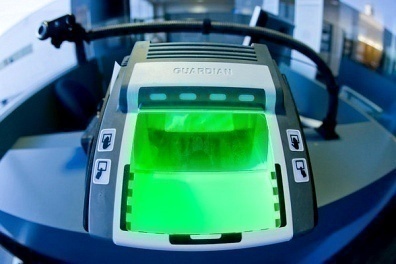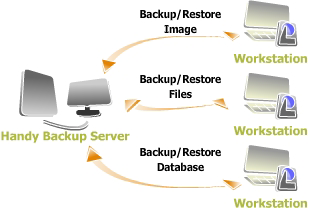How Does a Tablet PC Work?
Mobile computing has become nothing short of a necessity in the information age. Laptops, PDAs, and other digital communication and computer devices have quickly become imperative in conducting business for professionals that cannot be restrained to their office or homes all of the time. Rapid advances in technology have enabled device manufacturers to release products …

